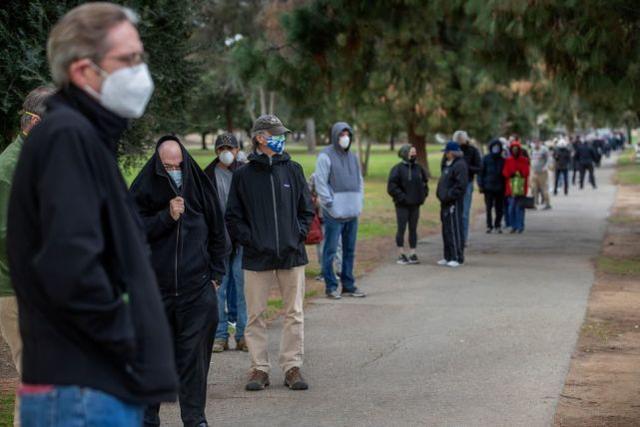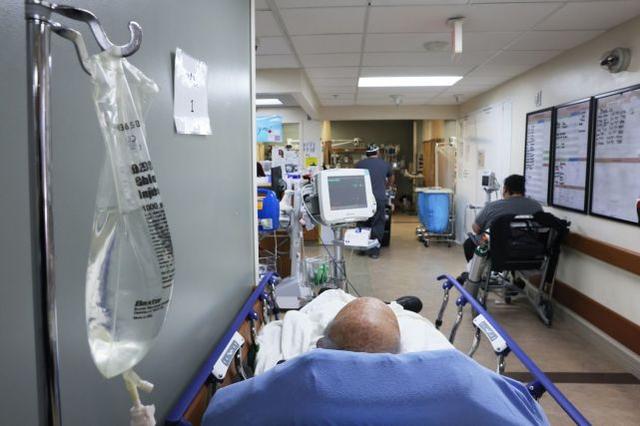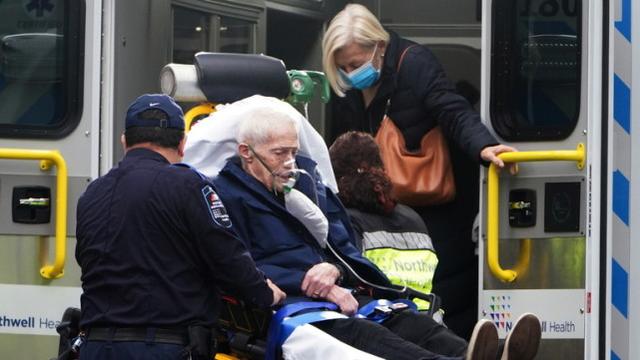According to the U.S. News and World Report (USNEWS) on the 28th, federal data released on Wednesday showed that the number of confirmed cases of the novel coronavirus reported by 12 states in the United States fell by 25% or more, as did more than 1,200 counties.
Experts say that the decline in confirmed cases may be related to the growing concern and hope of the American people to get a vaccine.
Data from the U.S. Department of Health and Human Services shows that the number of new coronavirus cases in the United States has decreased by 21% compared with the previous week, including more than 3,000 counties.
The corresponding decline in hospitalizations and deaths may take days or weeks to be counted.
According to the report, health officials, data modeling experts and epidemiologists agreed that it was too early to see the effect of a vaccine spread in the United States, which began to medical personnel and include the elderly in many states in late December last year.
Instead, they believe that the relevant factors are more likely to be driven by daily behavior, such as people returning home after the holiday, or responding to the news that hospital beds have been reduced in Los Angeles and other places.
Others have found their determination to wear masks and maintain social distancing when the vaccine is approaching.

Adriane Casalotti, head of government and public affairs of the National Association of County and Municipal Health Officials, said that it is difficult to identify a single factor.
Part of the factor may be that people want to avoid contracting new and more infectious viral variants. Some experts say the virus also seems to be more lethal.
In the last pandemic, many people were sick, so more people may take preventive measures. “You’re more likely to know who has this disease,” Casalotti said.

Georgia Tech mathematician and engineering professor Eva Lee is working on models to predict the spread of COVID-19.
“The decline in the number of viral infections reflects the natural process of the virus, which infects a person’s social network, drains the assembled population, disappears, and then appears in new groups,” she said in an email.
Lee also said the nationwide trend of slowing the outbreak (which is much more likely in California) also reflects the effectiveness of the state’s restrictions, including a ban on indoor dining and a 10 p.m.
curfew in areas with severe outbreaks. She said it would take weeks for these measures to appear in new case data.
“At the moment it’s a very unstable balance, so any premature celebration will lead to another pandemic peak, as we’ve seen in the U.S.,” Lee wrote in the email.



